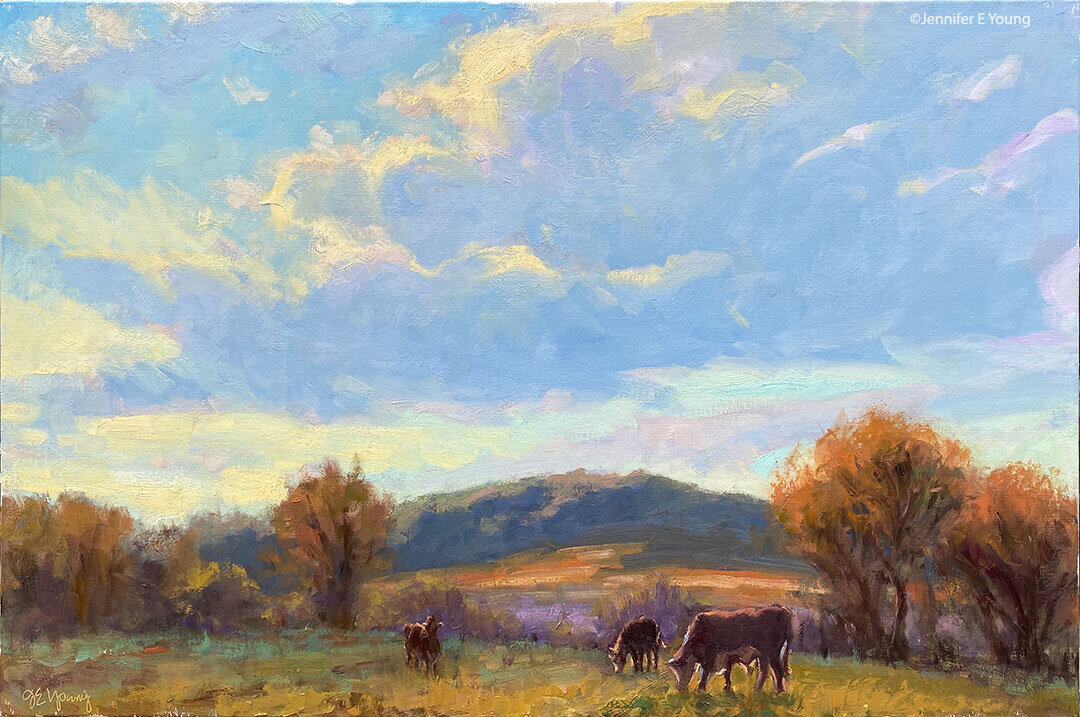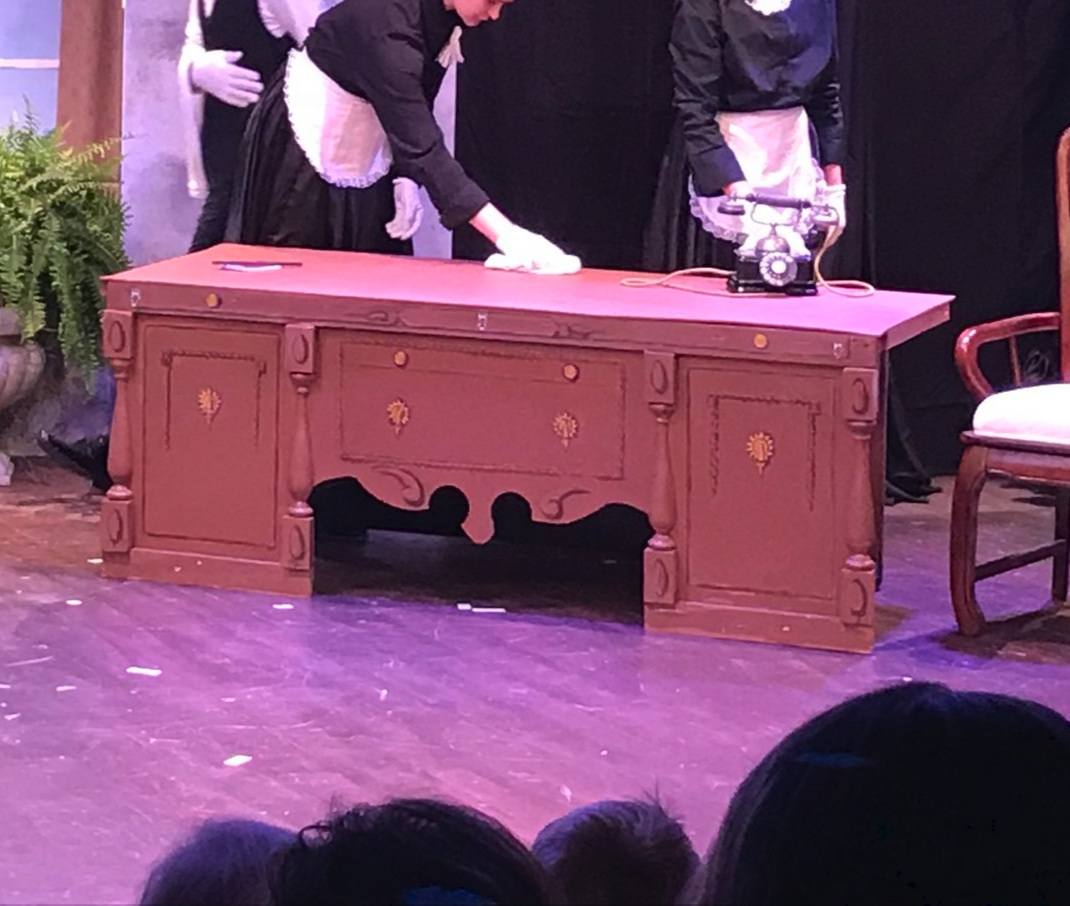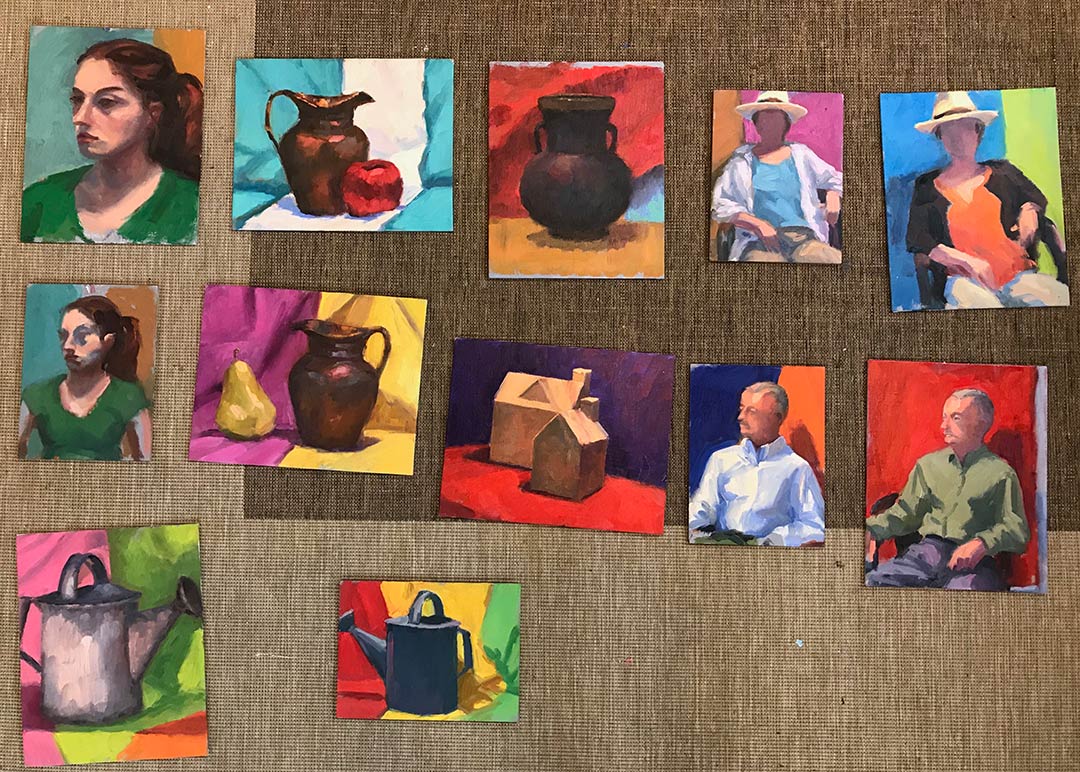Personal faves
/There are times when I paint something and I am just like, "Wow! I love this!" I imagine of course that everyone else will just love it too, as I do. And yet, just as often, it is not the personal favorite that gets the great response. It may be some other painting that I've done.
When my husband comes to the studio, I grab him and say, "Honey, look at THIS!"Â
"That's nice," he says, and then walks over to another painting I've done. "But THIS is great!"Â (It is?)Â .....So I can never tell what is going to connect. I just paint what connects with me, and hope that it connects with others.
This little painting is one that I just loved. I loved making it and I loved it when it was done because it had such fond memories attached to it. I am not one to paint a lot of cute puppies, but this little guy was one that I actually met when we were staying in the Provincial village of Lourmarin. He lived above a fabulous bakery, and he stared in his most menacing demeanor down at us from his upper window perch.
When Dave saw the painting, he said, "That's an unusual perspective. No one is going to know what to make of that sign." But, (in my most menacing demeanor,) I said, "Well, I'm leaving it as is!"Â So, while the sign, "Arts Pluriels," may not mean much to anyone but me, I know it is a shop sign hanging above the bakery (and now you do too!) And I will always look at this painting and think of the fabulous bread that we bought for our picnic, inspite of the fierce guard dog that threatened our mission.
I call this painting "Chien de Garde" (watch dog or guard dog). It is 12x9", oil on canvas. Click on the image for more info.




















